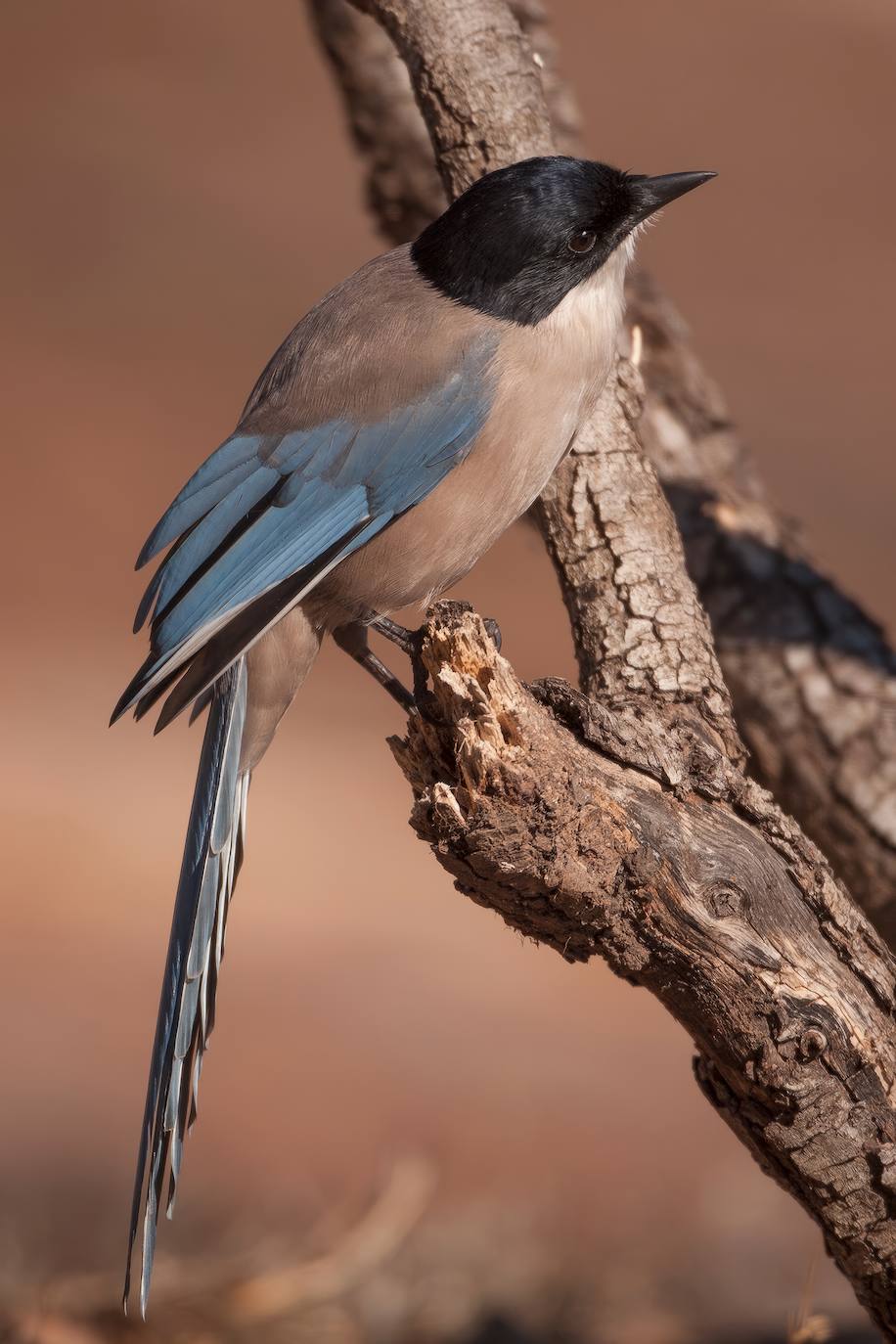Autumn birds in the south of Spain
The Andalucía Bird Society recommends looking out for endemic and wintering birds this month
Peter Jones
Serranía de Ronda
Friday, 13 October 2023, 16:42
October is a time where we witness the departure of the remnants of the summer bird visitors as the rearguard leave our shores for the ... promise of a more temperate winter in continental Africa. It can be a sad time as we wave goodbye to some of our favourite birds and hope for their safe return next year, but it can also be a time of expectation with the return of birds journeying to our region from the northernmost reaches of Europe to spend their winter here. And so, the month will be a time of mixed emotions as a dramatic change will sweep across our regional birding landscape, in a chapter of our birding calendar we will see one door close and another open.
Wintering birds can provide spectacular scenes and a few surprises. Common Cranes will provide the backdrop to the spectacle as they arrive in their thousands and the ever-increasing reports of Pallid Harriers wintering here will increase the chances of seeing the unusual. Wildfowl will be headed here in their thousands, but doubts as to whether they will remain is fuelled by our lack of standing waters and dried wetlands. We can only hope long awaited and meaningful rains will help to replenish water levels in such important winter wetlands as the Doñana. The dispersal of juvenile Spanish Imperial Eagle, Black Vulture and Bonelli's Eagle will see these birds being recorded away from their breeding areas and give an opportunity for many more birders to see them.
Of course, we have some wonderful birds that remain here all year round and some of these attract birders from northern Europe to spend a winter holiday with us to view these local birds. Blue Rock Thrush, Black Wheatear, Griffon, and Black Vulture, Bonelli's, Golden and Spanish Imperial Eagle are major attractions alongside many others including the beautiful small raptor, the Black-winged Kite.
There will also be opportunities to see rare birds such as the Rüppell's Vulture that has now been added to our regional resident bird list. To complement this exciting list of resident birds and providing incentives to birders from outside of our region to visit, we also have the endemic Iberian Green Woodpecker, the colourful Iberian Magpie (formally known as Azure-winged Magpie) and the handsome Iberian Grey Shrike.
From a personal perspective, I am always intrigued and excited by the October 'thrush extravaganza' an event that can vary in degrees every year with migrant thrushes arriving to winter here or pass through on their way to the High Atlas Mountains in Morocco. Some years huge numbers of thrushes can appear overnight and provide me with endless hours of birding bliss, these falls of thrushes will include Ring Ouzel, Redwing, Song Thrush, Mistle Thrush and to a lesser extent Fieldfare.
Perhaps surprising to many is the huge number of Blackbirds that accompany these influxes, I am sure many are unaware of this thrush also being a migrant and most likely just see them as an ever-present member of our local bird community, although we do have our own resident population. The great majority of these thrushes will have travelled (mostly at night) from Scandinavia and are long distance migrants. Aside from Blackbird and Mistle Thrush, these other thrushes are only here during the winter.
¿Tienes una suscripción? Inicia sesión
